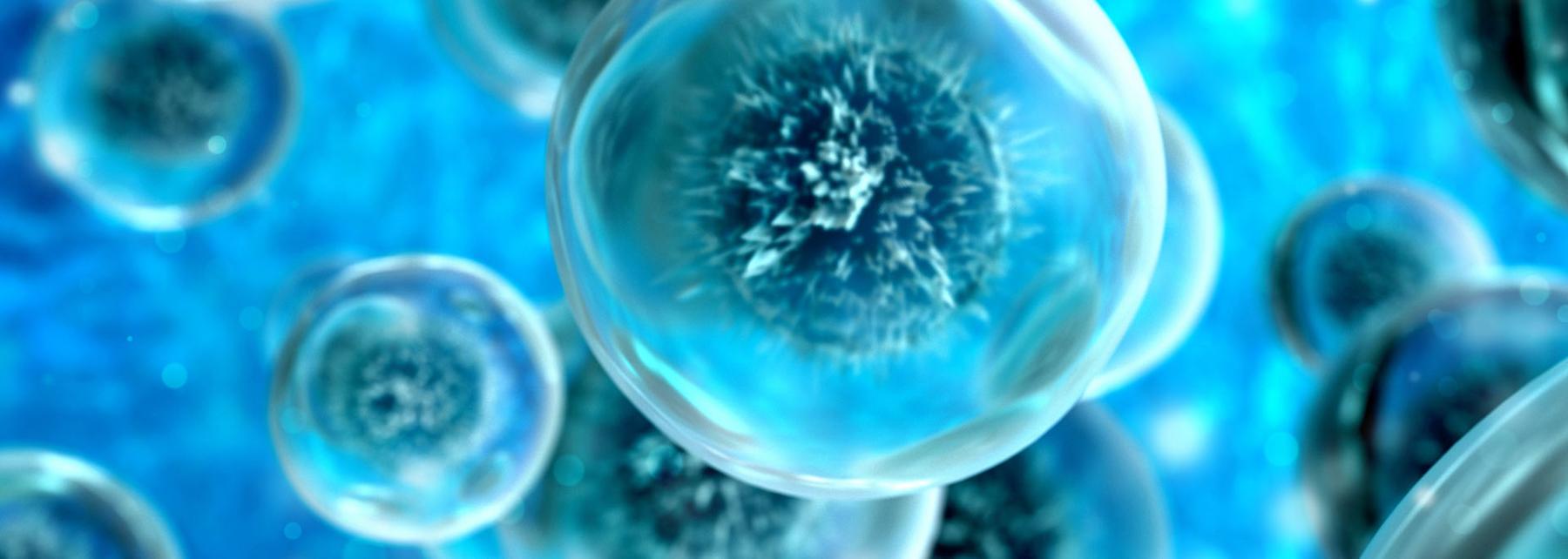
Cell Me a Story
by Amber Caulkins
This lesson provides an overview of the differences between living and nonliving things. Students will be asked to compare and contrast living and nonliving things and describe the characteristics of living things. This lesson provides a great opener to a unit on cells. As part of the lesson students will be asked to create an "Instagram Story" that compares humans and amoebas and describes how they are both living things.
Lesson Grade Level
7th GradeLesson Plan Link/URL
https://docs.google.com/presentation/d/1Q-FhUR7zaO18PTbqw8RAMOi6ihibr4ES/edit?u…Subject Area
Science Life Science L1: Cells Technology 6. Creative Communicator English Language Arts (ELA) Speaking & Listening
Featured
Off
Related Content

Grades:
Kindergarten
In this lesson, students go on a nature walk, notice nature, and increase their observation skills. They will identify different plant types and make connections to the plant’s needs: sunlight, soil

Grades:
6th Grade
Students will construct a model of an ocean habitat to simulate an oil spill. They will then make observations about the behavior of the oil in the water and on the various items in the habitat model

Grades:
9th Grade, 10th Grade, 11th Grade, 12th Grade
Students will use SEEK or other species identification tools to create a database of biodiversity on campus. The lesson starts with a discussion of the importance of biodiversity to the functioning of